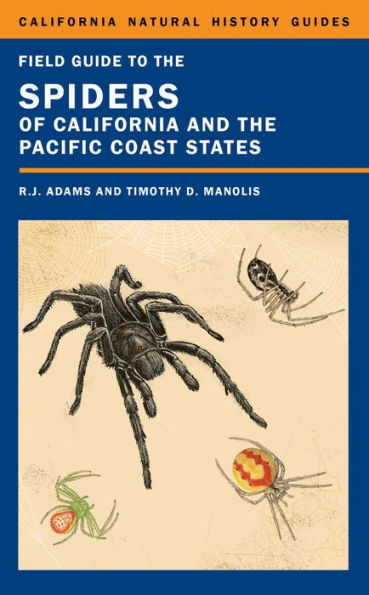5
1

Field Guide to the Spiders of California and the Pacific Coast States
456
Field Guide to the Spiders of California and the Pacific Coast States
456Paperback(First Edition)
$26.95
26.95
In Stock

Product Details
| ISBN-13: | 9780520276611 |
|---|---|
| Publisher: | University of California Press |
| Publication date: | 01/28/2014 |
| Series: | California Natural History Guides , #108 |
| Edition description: | First Edition |
| Pages: | 456 |
| Sales rank: | 666,775 |
| Product dimensions: | 4.50(w) x 7.30(h) x 1.10(d) |
About the Author
From the B&N Reads Blog
